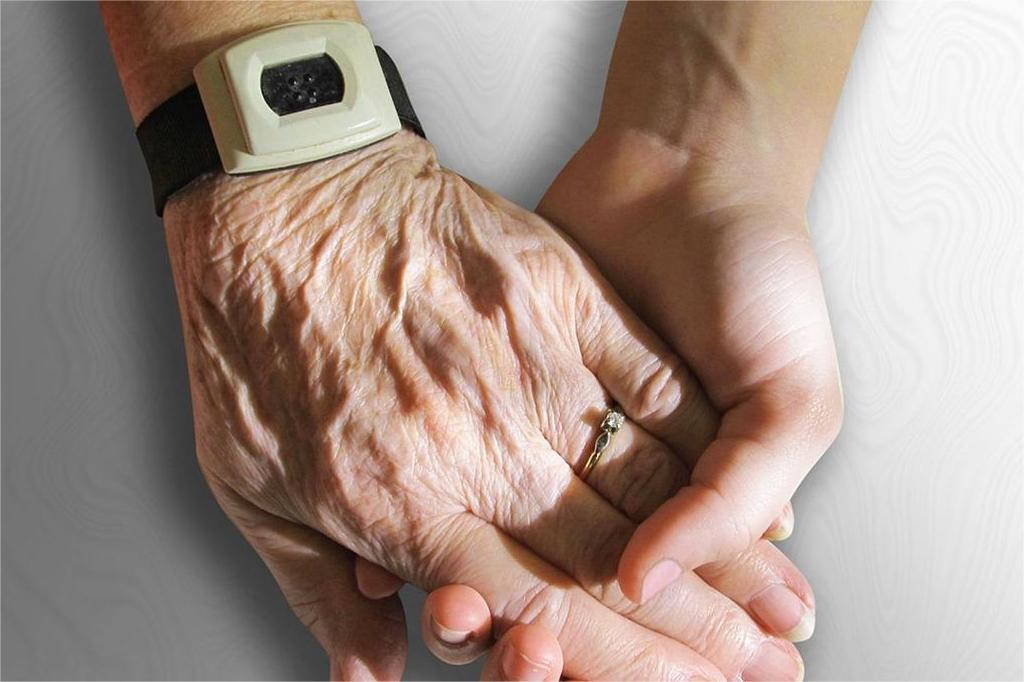Do you sometimes feel like you’re gasping for air, and experience symptoms such as fatigue and headaches? You may be suffering from low oxygen levels. Low blood oxygen can cause serious health problems, so it’s important to understand the signs associated with decreased oxygen saturation in the body. In this blog post, we will discuss 6 common symptoms of low oxygen levels that everyone should know. By understanding these potential warning signs and acting proactively, you could help protect your long-term health. Read on to learn more!
Shortness of breath
Shortness of breath, even at rest, is one of the most common symptoms of low oxygen levels. This can be a scary and uncomfortable feeling because we associate breathing with life itself. When we don't get enough oxygen, our bodies can't function properly, and we can experience fatigue, headaches, and other symptoms. If left untreated, low oxygen levels can cause serious organ damage and can even be life-threatening.
For some people with chronic medical conditions such as COPD or CHF, this symptom may be present even with minimal activity and can greatly diminish the quality of life for those suffering from these conditions. In more serious cases, it can be accompanied by chest discomfort and a blue tint to the skin and nails from lack of oxygen delivery to the body's tissues. A pulse oximeter gives a handy, digital reading of the patient's blood oxygen level in real time to help monitor their shortness of breath and other symptoms that they may experience. It is important to get checked out if you are regularly experiencing rapid breathing or shortness of breath that lasts days or weeks in order to diagnose any Oxygen-related issues causing you discomfort.
Rapid heart rate
Did you know that a rapid heart rate can also be a sign? Rapid heart rate is one of the common symptoms of low levels of oxygen in the body. Otherwise known as tachycardia, this condition occurs when the heart beats faster than its normal range. When oxygen levels in our blood are low, our heart has to work harder and pump more blood to compensate, resulting in a faster heartbeat. It is one of the body's ways of compensating for a lack of oxygen supply in the bloodstream. However, an increased heart rate may also lead to dizziness, shortness of breath, and chest pain. This can be especially noticeable during physical activity or at rest. It's important to pay attention to any changes in heart rate and seek medical attention if it becomes consistently elevated, as it could be an indicator of a more serious underlying condition.
Fluid buildup in the extremities
Fluid buildup in the extremities, also known as peripheral edema, can be a sign of low oxygen levels in the body. This is because low oxygen levels in the blood can cause your blood vessels to constrict, which makes it harder for oxygen and other vital nutrients to reach your organs and tissues. This occurs when the tiny blood vessels in your arms and legs cannot properly circulate blood and fluid accumulates in the tissues. Water and waste products can accumulate in the spaces between your cells, causing swelling in your arms, legs, and feet. There are many possible causes of peripheral edema, including heart failure, kidney disease, liver disease, and even certain medications. If left untreated, this swelling can become uncomfortable or even cause pain, but it can be managed with medication, therapy, and lifestyle changes. To prevent or reduce fluid buildup, it's important to maintain a healthy diet and exercise regularly, as well as to avoid smoking and alcohol consumption.
Unexplained fatigue or weakness
Feeling fatigued or weak is something that we all experience at some point in our lives. But udnexplained fatigue or weakness can be a common symptom of low oxygen levels in the body. It can make daily activities feel exhausting and this feeling persists and you are unable to complete even the simplest of tasks, it may be a sign of a much more serious underlying condition. If you find yourself feeling tired even after getting plenty of sleep, or experiencing a general sense of lethargy throughout the day, it's important to investigate what might be causing it. Some possible causes of low oxygen levels include low blood pressure, anemia, respiratory or heart conditions, altitude sickness, or even carbon monoxide poisoning.
Confusion, dizziness, or lightheadedness
Have you ever found yourself feeling disoriented, dizzy, or confused for no apparent reason? Confusion, dizziness, and lightheadedness are all symptoms that should not be ignored. While these symptoms can be caused by various factors, low oxygen levels should always be considered as a possible culprit. When the body's oxygen levels drop, it can impact the brain's ability to function properly, resulting in confusion and feelings of disorientation. Dizziness and lightheadedness can occur when the brain is not getting enough oxygen to maintain balance and coordination. These symptoms can be especially dangerous for seniors or people with underlying medical conditions, such as chronic obstructive pulmonary disease (COPD) or asthma. It's important to recognize these symptoms and seek medical attention right away if you experience them.
Chest pain or tightness
Chest pain or tightness can be a scary and concerning symptom. This symptom can be accompanied by shortness of breath or a feeling of suffocation, which can be concerning. This discomfort can be caused by a lack of oxygen flowing to the heart, making it work harder than it should. Other causes of chest pain or tightness, such as inflammation or heart disease, can also lead to decreased oxygen levels in the body. It is also important to pay attention to physical changes in your body and have a medical checkup regularly.
Oftentimes the easier ones are overlooked but they can provide early warnings of chronic conditions or underlying health issues. Be vigilant with your health and watch out for any sign that something isn’t right. Finally, ensure that you have a continuous oxygen monitor with you at all times and don't forget to check on it every now and then - it could save your life! While there are various risk factors associated with these symptoms, it is still imperative to take preventive measures which can prevent serious illness -- so take care of yourself and look out for these warning signs!
WRITTEN BY VIBEAT
Related Blogs
Recommended Products





